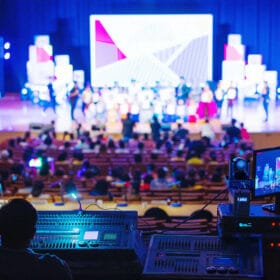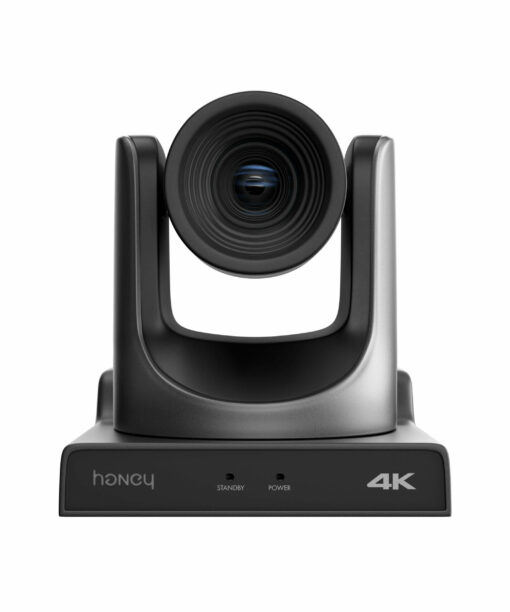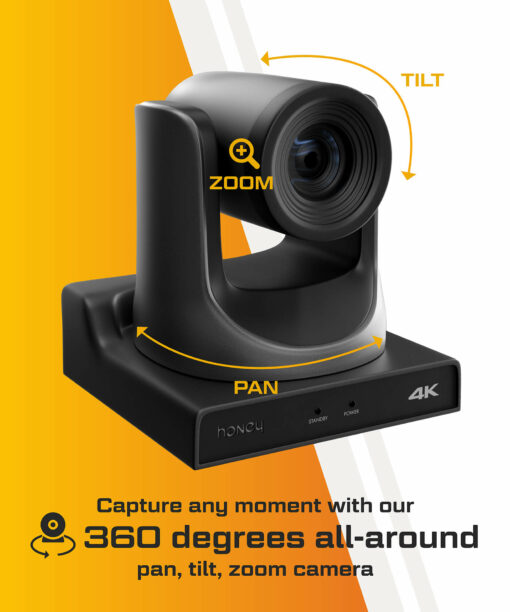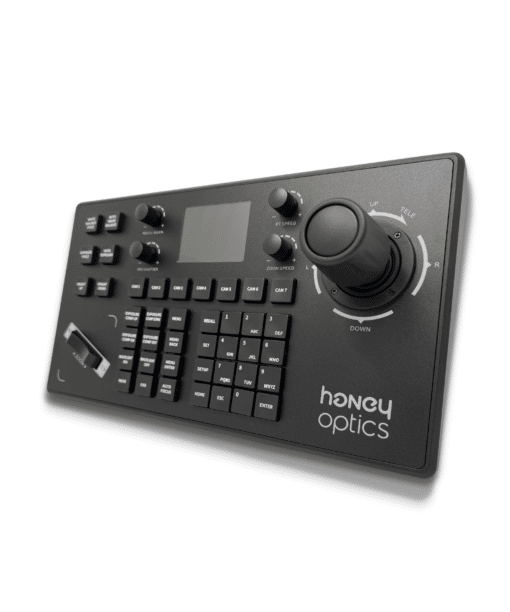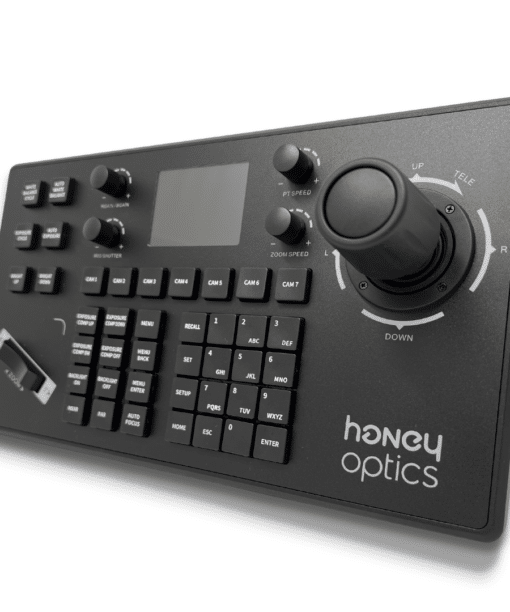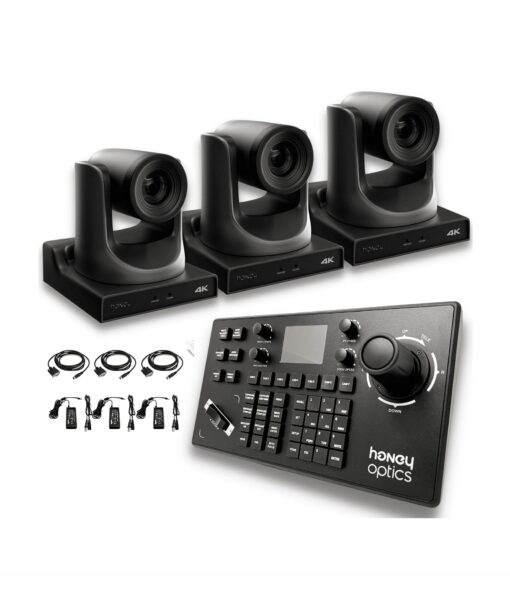Uncategorized
How to Use 2 PTZ Cameras On OBS: A Beginner’s Guide
PTZ cameras are powerful tools in production, and you can pan-tilt-zoom to capture certain elements of your broadcast that are impossible with other cameras. A way to bring your stream to the next level is to learn how to use 2 PTZ cameras on OBS.
A PTZ camera for broadcast must be setup first before we can go into OBS and start using more advanced techniques.
Setting up Your PTZ Cameras
Your cameras need to be setup and ready for streaming. It’s time to learn how to use multiple cameras in OBS. First, you’ll need to add both of the cameras to OBS as a video capture source. You can do this by following the steps below:
- Open up OBS
- Click on the + sign in the sources tab
- Select Video Capture Source
- Add your first camera
- Add your second camera
That’s it! You’ve added two cameras that you can now use for your broadcast. In the future, you can even add additional video sources to have more than two cameras to capture every moment of your stream.
Choose the Perfect PTZ Camera
How To Use 2 Cameras in OBS Studio?
Two camera sources are added, but now what? It’s time to learn how to use this setup yourself and experience the power of OBS Studio and dual PTZ cameras.
Creating Scenes in OBS
First, we recommend that you learn how to create a scene for each camera. You can do this by:
- Opening up OBS
- Clicking the + sign in the scenes panel
- Naming your scene
That’s it. Each camera is a scene. For example, you can have one camera facing you and another one facing the audience. Naming your scenes is a powerful tool that you need to leverage because it will empower you to make better streams.
If you add more PTZ cameras to your broadcast in the future, strong naming conventions will be extremely helpful.
Switching Between Multiple Cameras
Switching between your cameras is best achieved by adding hotkeys for each scene that you create. For example, you can do this by:
- Opening up the Settings tab
- Clicking on Hotkeys
- Finding the “Switch to scene” settings
- Assigning your own hotkeys
You can now tap these hotkeys to change the scene of your stream.
Camera shifts are an important part of video production because the switch must match the content’s flow. You want to time your shifts with what you’re saying or doing to show your viewers a new perspective.
For example, you may describe a scene of your dog running into the room and interrupting the stream, but switching to show your dog in action while talking is a better way to improve production.
Angles can also help you enhance your production.
You may opt for:
- Horizontal shots to improve the visible area of the camera
- Vertical shots to focus more on you
- Overhead shots to show the audience or room
- Long shots when you want to show a location
- Medium shots from the waist up to bring attention to what you’re saying
If you practice your angles, you can make your videos invoke a wide range of emotions and engage your audience at the same time.
Advanced Techniques for Using Multiple Cameras In OBS
OBS does allow you to use advanced techniques to make your broadcast more fun and exciting. You have quite a few options, but we don’t want to overwhelm new streamers with too much information.
Instead, try these few techniques to learn how you can use them in your next stream.
Picture-In-Picture
Picture-in-picture is a fun way to switch between your cameras. A lot of streamers will use this option when they want to show their PC or other screen. You can do this by:
- Creating two layers to OBS
- Put the layer you want to superimpose as the top layer
- Resize the layer and position it
You can adjust the top layer any way that you wish. Make the layer larger or smaller to create the effect you want.
Multi-View Setups
Multi-view is a fun feature that you can use in the view tab. On your view tab, click and select the Multi-view options. If you create a multi-view window, you can see both of your cameras at once. In fact, all of your sources will be on the screen.
You can then use this setup to see what you’re doing in the broadcast and have a better understanding of what all of your viewers are seeing at one time.
We also recommend going through our 10 top tips for live streaming on YouTube article if you plan on streaming on YT.
Conclusions
You know how to use 2 cameras on OBS, and now it’s time to try live streaming with PTZ cameras. Test out your dual camera setup, try new angles and scenes and see for yourself what the power of this type of setup offers you.



